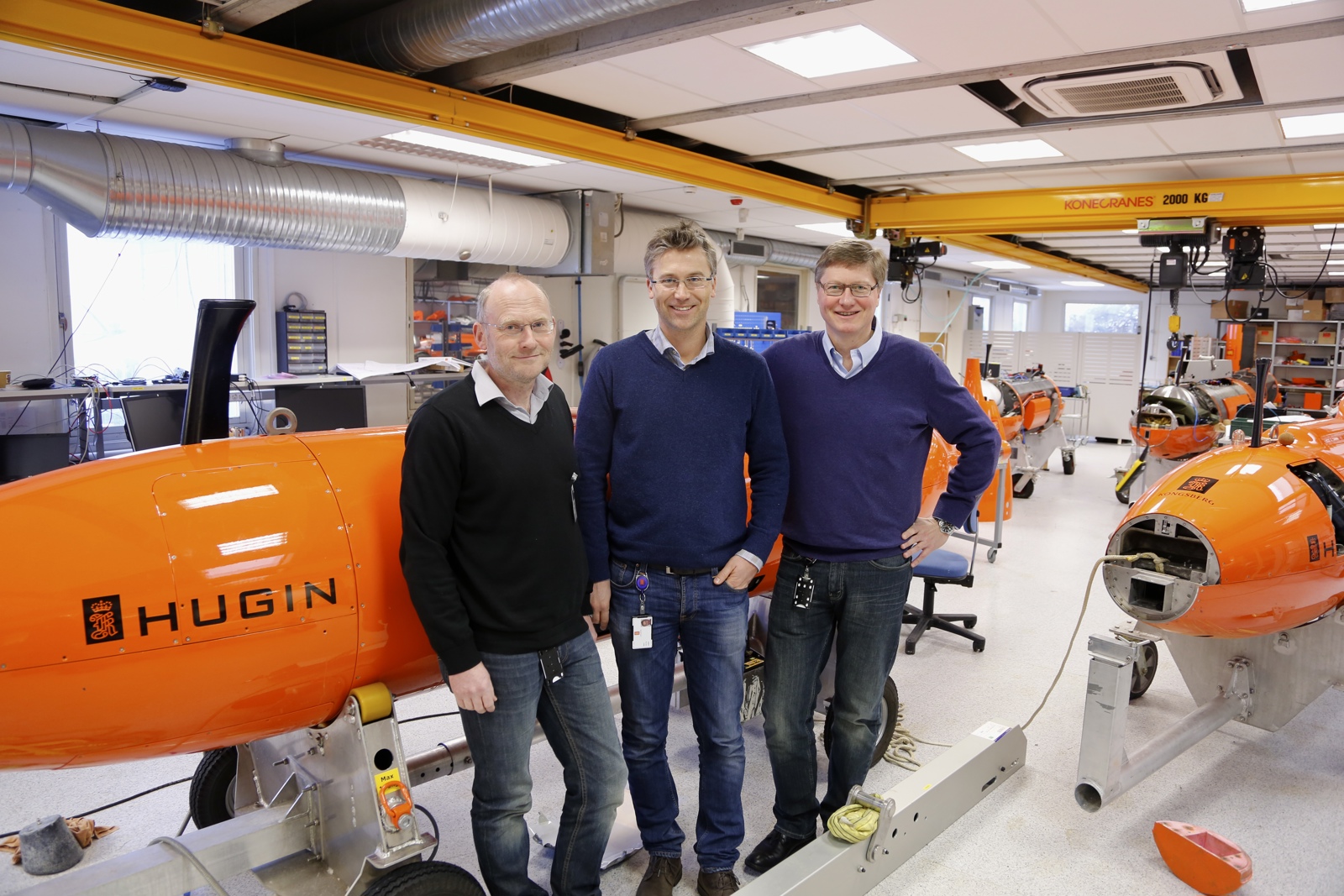“Making the change from a well-used method for mine sweeping to something completely new represented a high mental barrier. The only way to overcome this barrier was to demonstrate the system in use. We went onboard the KNM Karmøy to demonstrate how HUGIN could carry out a mine sweeping operation. This allowed the Navy to see technology in practice which could be directly related to their reality and which would make a difference for them. After the demonstration, the development of military HUGIN vessels saw a dramatic increase. The first prototype was delivered to the Royal Norwegian Navy in 2004, with a more complete prototype procured in 2008. Both these vessels have been in frequent use ever since,” confirms Mr. Størkersen.
Kongsberg Maritime and the Norwegian Defence Research Establishment are eagerly working towards a new milestone in the not so distant future, as the Royal Norwegian Navy is planning a serial procurement of HUGIN for operation on all mine sweeping vessels. “That is our ultimate goal, to have a commercially supplied capacity which achieves full operations. It will be a major milestone,” confirms Geir Espen Schmidt, Manager of the HUGIN AUV Department at Kongsberg Maritime.
STABLE TEAM
20 years after development of HUGIN was implemented, you still meet the same faces among the HUGIN team. Nils Størkersen, Bjørn Jalving and Geir Espen Schmidt all agree that the stability of their team has been one of the main reasons behind the impressive results they have achieved.
“Our team has remained incredibly stable for the past twenty years. If you think about the key figures from the Norwegian Defence Research Establishment and KONGSBERG, there is a core of internationally leading technologists in both enterprises who have continued to cooperate over the years. I believe we have successfully created a technological group where we feel that we are constantly breaking new ground. This type of team really makes a difference,” concludes Bjørn Jalving.




